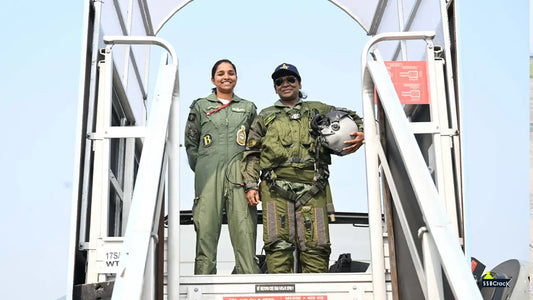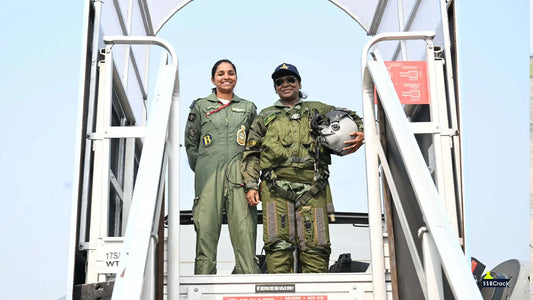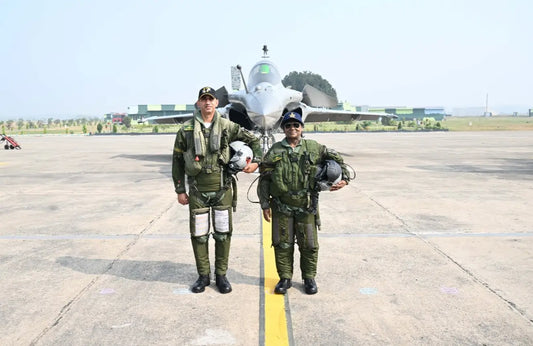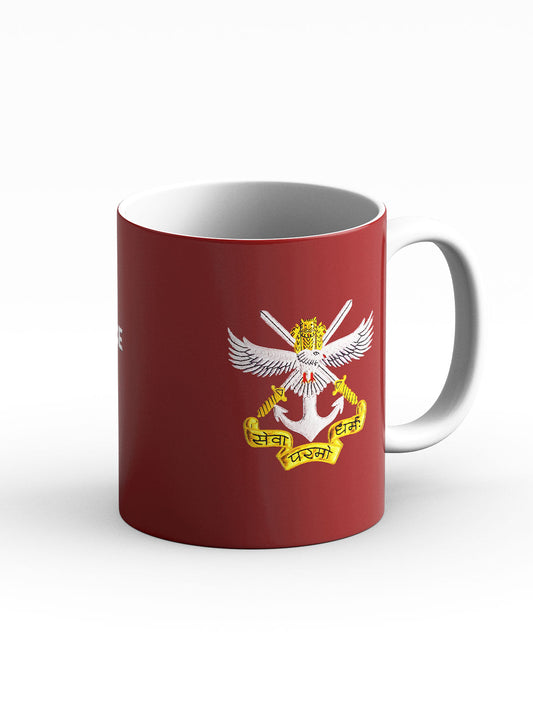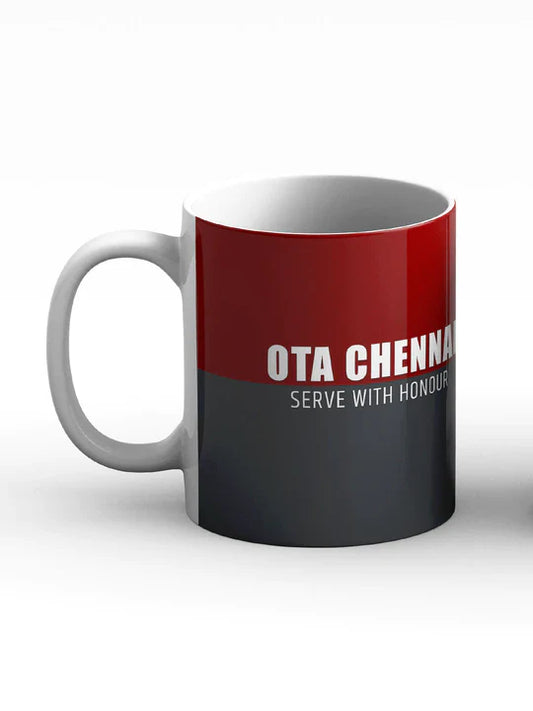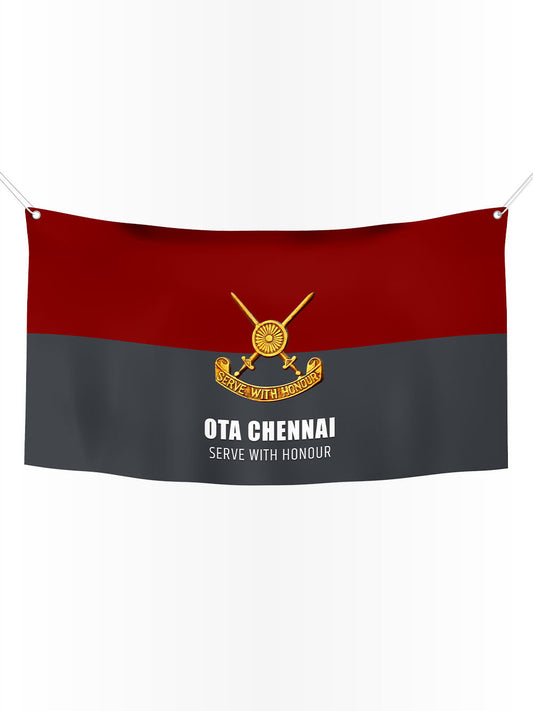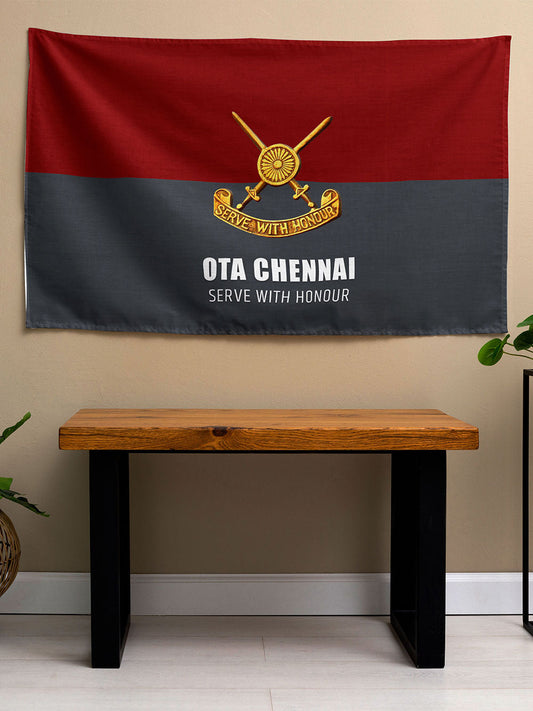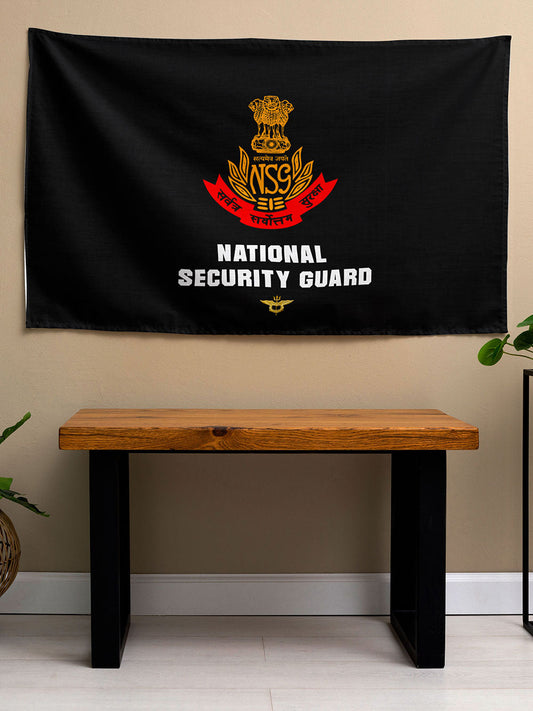India's Combat Aircraft Evolution: HAL's Strategic R&D and Global Partnerships
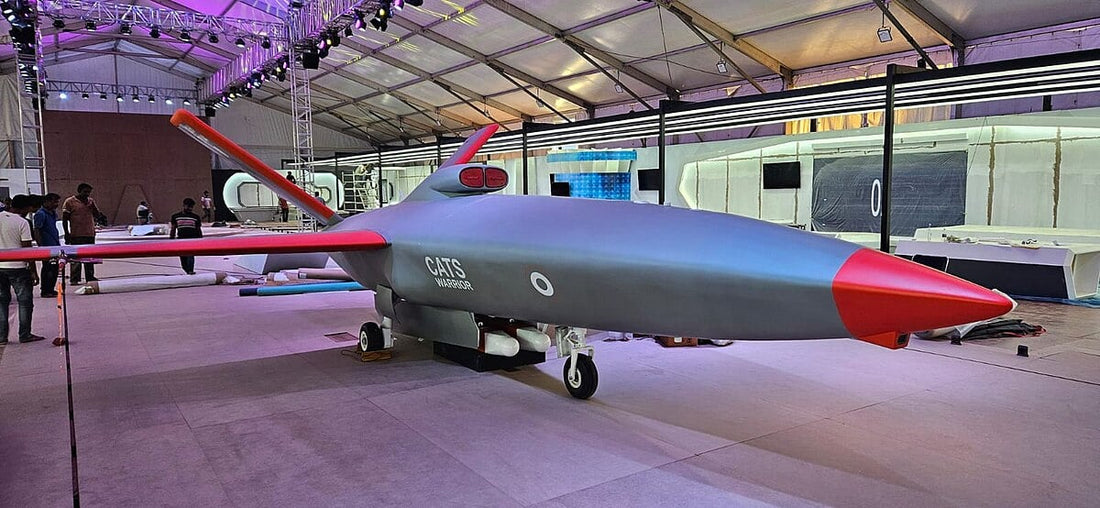
Hindustan Aeronautics Limited (HAL) is experiencing a major transformation as it accelerates its efforts in fixed-wing combat aircraft programs, enhances indigenous research and development, and seeks international partnerships. HAL's chairman and managing director, DK Sunil, discussed the company's strategic evolution in an interview with FlightGlobal, highlighting future platforms such as the Tejas Mk2, Su-30MKI upgrade, AMCA stealth fighter, and the Combat Air Teaming System (CATS) Warrior.
Development of the Tejas Mk2, an advanced version of the Tejas Mk1A featuring digital design, is progressing with component manufacturing and sub-assemblies currently underway. HAL aims to unveil the first prototype in early 2026, with subsequent ground checks and a maiden flight planned for later that year. The aircraft's design employs 3D digital modeling and laser verification to enhance precision and production efficiency.
While the Indian government has yet to place an official order, HAL anticipates acquiring at least eight squadrons—approximately 100 to 130 jets—within the next ten years. The Mk2 is set to replace the aging Mirage 2000 and Jaguar fleets by the late 2030s.
Another significant project is the modernization of 84 Sukhoi Su-30MKIs, which includes plans for upgraded avionics, sensors, and electronic warfare systems. Although awaiting final government approval, HAL has initiated engagement with suppliers and is preparing necessary software and systems. These upgrades are intended to keep the Su-30MKI fleet operational into the 2050s. Additionally, HAL is reviving its Su-30MKI production line in Nashik to fulfill an order of 12 new aircraft, with production expected to restart in about two years.
HAL continues to produce AL-31FP engines for the Su-30MKI at its Koraput facility. With an order for 240 engines in 2024, deliveries are expected to continue until 2032. The supply chain issues previously encountered with Russian vendors have largely been resolved.
In terms of stealth capabilities, HAL is positioning itself for involvement in India’s Advanced Medium Combat Aircraft (AMCA) program. Though the government has opened participation to private players, HAL might join a consortium to develop the fifth-generation fighter. The Aeronautical Development Agency has already produced a full-scale engineering demonstrator, and the air force is expected to procure around 120 units. This initiative seeks to enhance employment, stimulate competition, and boost cost efficiency in India’s aerospace sector.
HAL is also revitalizing its intermediate jet trainer, now renamed HJT-36 ‘Yashas’. After significant upgrades to address previous aerodynamic issues and incorporating a full-glass cockpit, four jets will be leased to the air force for evaluation. HAL envisions long-term prospects for the Yashas as both a trainer and a light attack aircraft, owing to its mission computer and weapons integration capabilities.
Simultaneously, HAL is making strides with the CATS Warrior, India’s first collaborative combat aircraft designed to operate alongside the Tejas. The company has successfully integrated an engine into the CATS airframe and is conducting datalink tests. Focus will shift to flight control and aerodynamics in 2026, with a first flight anticipated in 2027.
Sunil noted a philosophical shift in HAL’s approach, moving from a traditional reliance on government contracts to substantial investment in internal R&D and joint ventures. Currently, HAL allocates around Rs25 billion ($300 million) annually for research and development.
Sunil emphasized the importance of strengthening domestic supply chains, especially in light of global disruptions such as those caused by the Russia-Ukraine conflict. With European defense manufacturers increasingly focusing on domestic orders, India needs to expand local production capabilities and attract foreign companies to manufacture within the country.
With a burgeoning ecosystem that includes the AMCA, Tejas Mk2, helicopters, UAVs, and various aerospace startups, HAL believes that the Indian aerospace industry is poised for significant transformation over the coming decade.
